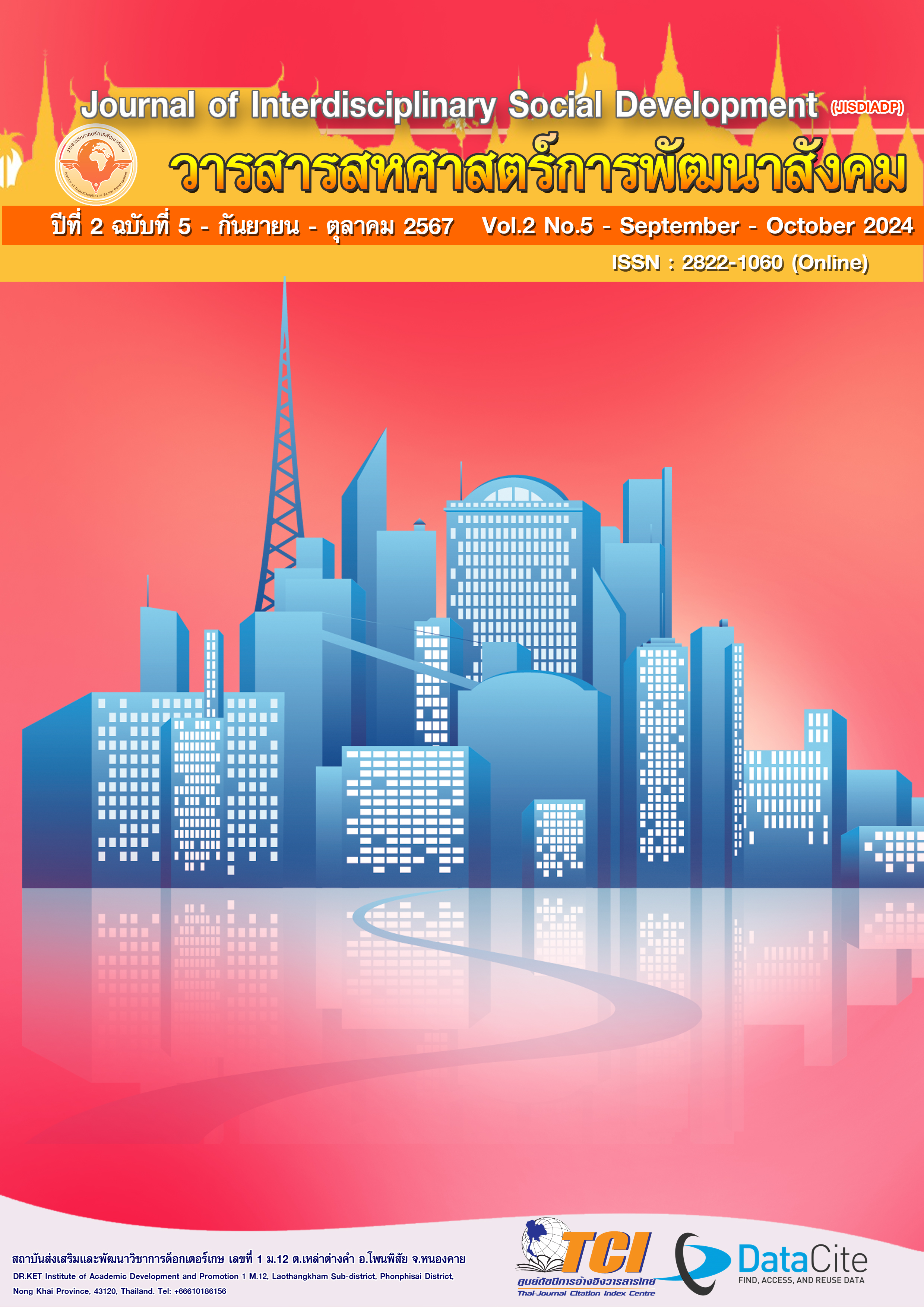ความเหลื่อมล้ำทางดิจิทัลในสังคมไทย
Main Article Content
บทคัดย่อ
ความเหลื่อมล้ำทางดิจิทัลในประเทศไทยเป็นปัญหาที่ส่งผลกระทบต่อการศึกษา เศรษฐกิจ และสังคม โดยเฉพาะในกลุ่มประชากรที่มีรายได้น้อยและอยู่ในพื้นที่ห่างไกล ปัญหานี้ทำให้เกิดช่องว่างในการเข้าถึงข้อมูลและโอกาสในการพัฒนา ส่งผลต่อคุณภาพชีวิตและการเติบโตทางเศรษฐกิจอย่างมีนัยสำคัญ การแก้ไขปัญหานี้จึงมีความสำคัญอย่างยิ่ง เพื่อสร้างสังคมที่มีความเท่าเทียมและโอกาสในการเข้าถึงเทคโนโลยีสำหรับทุกคน แนวทางการแก้ไขรวมถึงการพัฒนาโครงสร้างพื้นฐาน การเสริมสร้างทักษะดิจิทัล และการร่วมมือจากทุกภาคส่วน เพื่อให้เกิดการพัฒนาที่ยั่งยืนในประเทศไทย โดยการแก้ไขความเหลื่อมล้ำทางดิจิทัลจะช่วยกระตุ้นการเติบโตทางเศรษฐกิจและสร้างสังคมที่อยู่ร่วมกันอย่างสงบสุขและมีความเสมอภาค
Article Details

This work is licensed under a Creative Commons Attribution-NonCommercial-NoDerivatives 4.0 International License.
References
GSMA. (2020). The Mobile Gender Gap Report 2020. GSMA. Retrieved from https://www.gsma.com/mobilefordevelopment/wp-content/uploads/2020/05/GSMA-The-Mobile-Gender-Gap-Report-2020.pdf
International Telecommunication Union (ITU). (2021). Digital inclusion: Best practices and policy considerations. ITU Publications.
National Statistical Office. (2020). The 2020 Household ICT Survey Report. Ministry of Digital Economy and Society. Retrieved from http://www.nso.go.th
National Statistical Office. (2021). Report on Internet Usage in Thailand.
OECD. (2019). Bridging the digital divide: Include, upskill, innovate. OECD Digital Economy Papers.
UNDP. (2021). Digital Transformation: Accelerating Development in Asia and the Pacific. United Nations Development Programme. Retrieved from https://www.asia-pacific.undp.org
United Nations. (2020). Digital technology and inclusion: Addressing the digital divide in the 21st century. United Nations Report.
World Bank. (2021). Thailand digital economy: Building inclusive and resilient digital infrastructure. World Bank Group Report.
World Economic Forum. (2020). The Global Competitiveness Report.

